|
Cycling
The nitrogen cycle. Its establishment in the tank before adding various forms of life is essential, and now that the tank is up and ready to go, it's time to kick it into high gear.
Adding Rock
Live rock will serve not only as a home for the fish and a decoration to the tank, but more importantly, as one of the primary means of filtration. Adding this element will immediately start the initial cycling of the tank. I've discovered that I'll need approximately a total of 35-40lbs of rock, of which I've used half Marshall Islands rock and half Fiji Islands rock. The mixture gives the tank a cool look.
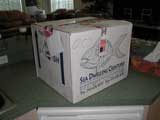 |
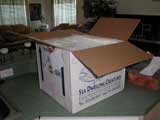 |
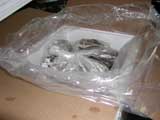 |
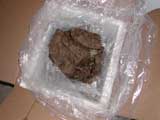 |
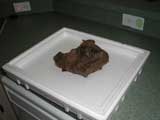 |
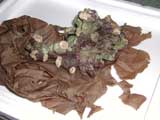 |
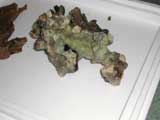 |
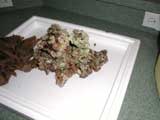 |
| 69 |
70 |
71 |
72 |
73 |
74 |
75 |
76 |
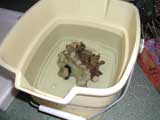 |
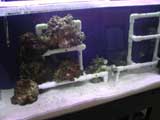 |
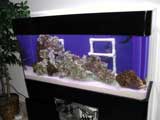 |
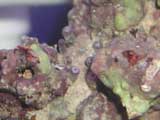 |
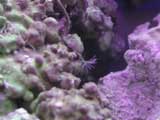 |
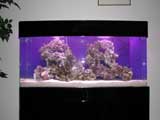 |
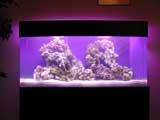 |
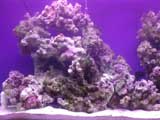 |
| 77 |
78 |
79 |
80 |
81 |
82 |
83 |
84 |
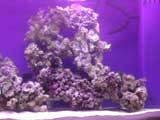 |
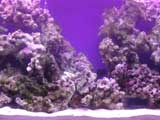 |
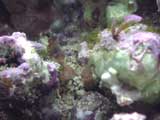 |
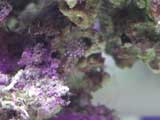 |
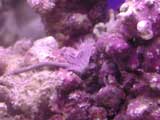 |
|
|
|
| 85 |
86 |
87 |
88 |
89 |
|
|
|
| 69 |
The rock arrived overnight in a box labeled with "Sea Dwelling Creatures" <laugh> |
| 70 |
Opening the box, you can see that there's insulated styrophom wrapped in plastic. No water has leaked anywhere. |
| 71 |
Opening the plastic bag and removing the lid, the rock is inside yet another heavy-weight plastic bag and rubber-banded closed. |
| 72 |
Afteer opening the inside back, you can see the rock is stacked neatly inside, some pieces (Marshall Islands rock) has been wrapped in damn brown paper only to keep it from breaking. |
| 73 |
The first piece of Marshall Islands rock being removed from the box. |
| 74 |
Unwrapping the rock, you can begin to see the corraline algae covering it almost entirely. |
| 75 |
The first piece completely unwrapped and ready to be rinsed. Very good coverage of algae on this piece! |
| 76 |
The other half of rock type in the box is Fiji islands rock, a much denser type, with a wider variety of speices living on/around it. |
| 77 |
As each piece of rock was removed, I rinsed it in some old tank water to shake loose debris and any almost dead matter. |
| 78 |
I started by loosely placing the rock in the tank to keep it wet and get an idea of how it might be positioned in the tank. |
| 79 |
The rock is stacked here, rather compactly, but you can see that 30lbs is going to be enough to ALMOST cover the PVC. Once I begin attaching the rock, it should spread out better and be less compacted. |
|
|
| 80 |
There are many signs of life on the rock other than the important algae. Here, some type of small coral or plant life (sea mats). |
| 81 |
There are also a couple of tube-worm (feather duster) creatures on the rock. |
| 82 |
The rock, in place and finished. |
| 83 |
The rock, in place and finished (without the flash). |
| 84 |
Close up on the left side of the tank. |
| 85 |
Close up on the right side of the tank. |
| 86 |
Close up on the center of the tank. |
| 87 |
Another shot of the sea mats covering some of the rock. |
| 88 |
Another shot of a feather duster. |
| 89 |
Another shot of a feather duster. |
|
Adding Fish
I've also decided to add some fairly hardy fish to the tank at this time to help with the cycling process - although it's probably not needed with the live rock.
| 85 |
11/24/01 - Three of my favorite fishes, PJ Cardinals (they look like they're wearing pajamas), were slowly acclimated to the tank. You can just barely see two of them (in front of rocks and to left) here. |
| 86 |
Another PJ Cardinal swimming near the PVC shelves. |
|
|
| 87 |
Close up view. |
| 88 |
A cool view of a PJ next to the rock. |
|
It Begins
And so the nitrogen cycle begins to establish itself in the system.
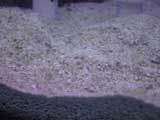 |
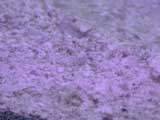 |
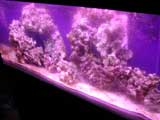 |
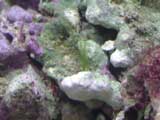 |
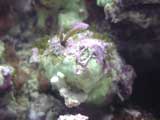 |
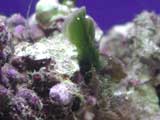 |
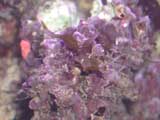 |
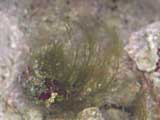 |
| 89 |
90 |
91 |
92 |
93 |
94 |
95 |
96 |
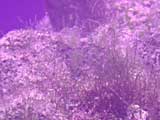 |
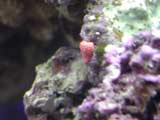 |
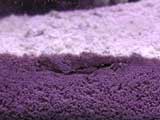 |
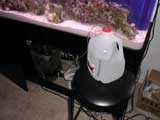 |
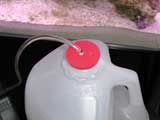 |
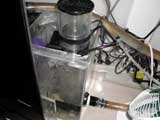 |
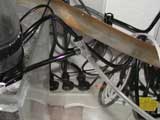 |
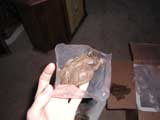 |
| 97 |
98 |
99 |
100 |
101 |
102 |
103 |
104 |
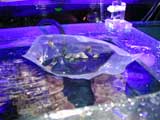 |
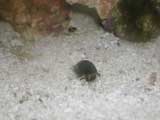 |
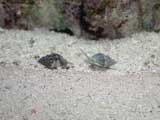 |
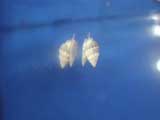 |
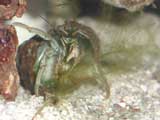 |
|
|
|
| 105 |
106 |
107 |
108 |
109 |
|
|
|
| 89 |
12/01/01 - The PJs have been in the tank for about a week now, and the system has started to show signs of the cycling process beginning. Here we see some brown, diatomic algae beginning to form on the substrate. |
| 90 |
Close up of the algae that appears as dark, brown spots on the substrate. |
| 91 |
After the rock has been in the tank for a while, algae growth is rampant, covering everything, including the tank walls. |
| 92 |
Detail shot of an algal species to be identified (caulerpa sertularioides) |
| 93 |
Valonia aegagrophila |
| 94 |
Halimeda opuntia |
| 95 |
Detail shot of an algal species to be identified (caulerpa prolifera and red turf algae) |
| 96 |
Detail shot of an algal species to be identified (caulerpa taxifolia or bryopsis plumosa |
| 97 |
Detail shot of an algal species to be identified (caulerpa taxifolia) |
| 98 |
Detail shot of an algal species to be identified. |
| 99 |
Here's proof that some of the inhabitants carried in with the live rock have taken refuge in the sand and are starting to perform cleanup. Here you can see some tunnels in the sand from critters. |
| 100 |
All the activity in the tank has lead to a significant drop in calcium and I've began adding kalkwasser (limewater) to the system. To slowly dose the additive I created a gravity-drip system out of some old air tubing, a dial-valve and a 1 gallon water jug. The jug actually sits inside the tank stand and not on the stool as in this picture :) |
|
|
|
|
| 101 |
The lid of the jug has one hole for the tubing (which goes almost to the bottom of the jub) and an air inlet hole. |
| 102 |
Gravity draws the additive from the jub and it travels into the sump. |
| 103 |
The dial-valve used to adjust the drip flow is actually an old air-inlet adjustment valve from a powerhead. |
| 104 |
So with all these wild cool types of algae, it was time so add some clean-up crew critters. I selected a species of hermit crabs and snails to go in the tank. Here, the hermit crabs getting ready to be acclimated to new home. |
| 105 |
The snails being slowly acclimated to their new home conditions. |
| 106 |
Whoops... this guy isn't a Black and White Hawaiian hermit crab! :) |
| 107 |
"Gee Larry, this pad sure does beat that ole' plastic bag we've been riding around in!"
"And the buffet ain't half bad either!"
|
| 108 |
Close-up shot of one of the Nassarius snails traveling on the side of the tank. |
| 109 |
This big guy was riding along with my last shipment of rock. He's chowin' down on that algae! All of the new critters went to work the instant they were in the tank - it was very cool to watch, especially the Nassarius snails who know when it's fish feeding time! The come running the instant you drop food in the tank. Especially entertaining if they're buried in the substrate :) |
|
|

